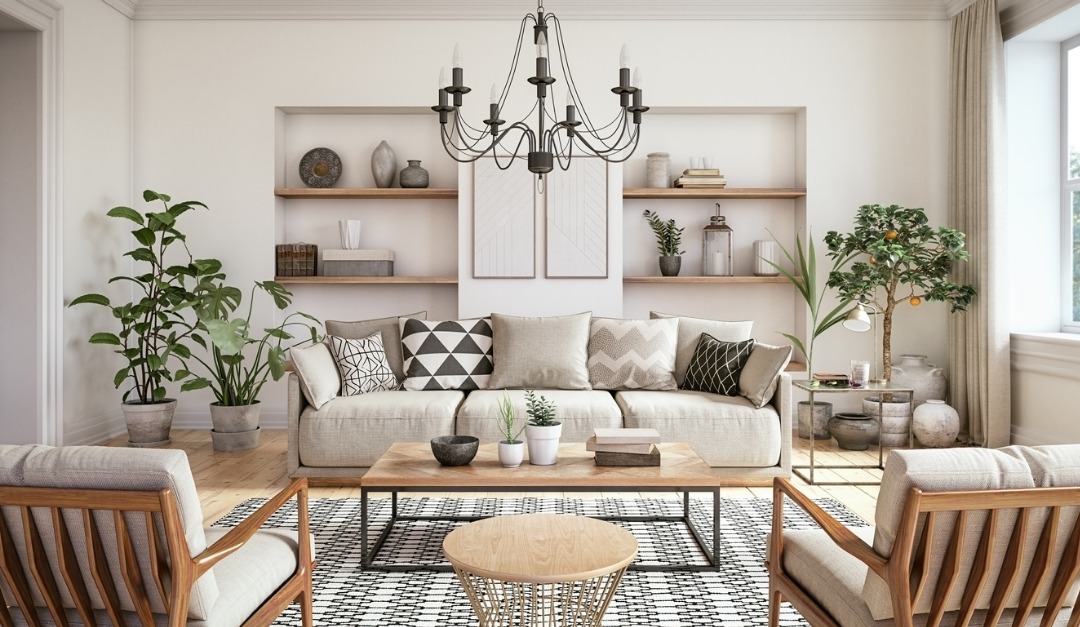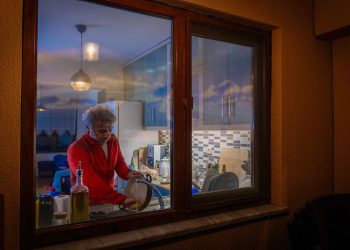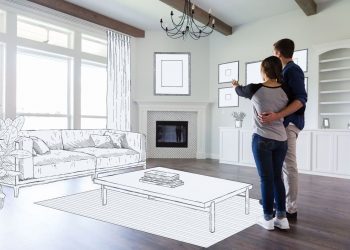The positive or negative response we get upon entering a room is nearly instantaneous. We don’t need to carefully examine each corner or turn over every pillow to decide if a room makes us feel good or not. But what gives us such a strong first impression? Many of the ways we experience a room have to do with a psychological response that happens behind the scenes. This is why most homebuyers end up choosing a house based on the emotional response they get within moments of entering a home—not the detailed list of pros and cons they’ve made.
There are various factors that go into how we experience a room, and in fact, many of the principles of feng shui are based on the intangible influences of design. Here are three different ways we shape our impression of a room:
Senses
How we perceive a room with our senses tells us what we know to be true about the room and provides a way of describing it. Through our sense of sight we experience colors, each of which will elicit a different impression. Our eyes also pick up on important details such as patterns, scale and lighting. Our sense of smell is the most tied to memory, so a pleasant one, like scented candles, will connect us with memories that inspire positive emotions, while a foul smell, like garbage, will really turn us off. Textures used to decorate a room should also be taken into consideration. Materials such as silk, wood, linen or wool give satisfaction to our sense of touch.
Emotions
Our personal feelings significantly impact how we experience a room and will usually take precedence over our ability to rationalize. With that in mind, there are many decorating details that can trigger subtle (or not so subtle) emotional responses.
Art is one example. If the subject matter features a depressing scene or sad characters, it’ll definitely bring down the mood of a room. If you had some cut flowers on your coffee table, but they’ve wilted and dried out, that’s another detail that’ll put a damper on someone’s emotional response. It’s important to think about the kind of symbolism placed in a room and how it might influence our emotions.
Spatial Harmony
If furniture placement and scale is out of sync or doesn’t make sense, it can negatively affect how we experience a room, especially a small one. Chairs that are placed too far away from each other make conversation difficult, while being too close together will make a room feel cramped. It’s important to consider how the furniture, decorations and room are meant to interact with each other.
As you can see, there’s a lot more to interior decorating than just picking the right shelf ornament. If you keep these principles in mind, guests won’t be able to quite describe why they feel so good in your home.
Source: Mikkie Mills/RISMedia’s Housecall











